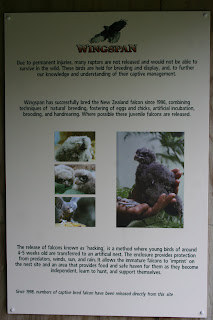





Back in the states, we live in the village of Bradford. Here in NZ, they don't have villages, they prefer to call them towns. We set off to explore Greymouth, on the weekend of their 22nd annual Street Racing. It sounded like fun and we were not disappointed. To get to Greymouth from Christchurch, we had to drive over the Southern Alps through Arthur's Pass National Park. We got an early start so that we would have time to take advantage of some of the many beautiful walks in Arthur's Pass. The scenery is stunning and like so many of the places we've been so far, not very populated. You can get serious whiplash from twisting your head around to look at all the magnificent views. We were treated to several massive waterfalls, lush rainforest and views which made us feel like we were on top of the world. Happily exhausted, we continued over to the West Coast. We stayed in Hokitika, 30 mins from Greymouth and situated on the Tasman Sea coast. Hokitika is an old gold mining town and is renowned for its Pounamu, NZ greenstone. Choice pieces are carved into ornate sculptures & jewelery. The Maori's place great spiritual significance to this stone. We hiked out to the Hokitika gorge and travelled across the swingbridge, high about the crystal blue water. The next day, we drove over to Greymouth to watch a day of motorcycle racing. It's held downtown on the city streets and only a thin metal cattle fence seperates the crowd from the racers. They are not all professional riders, some are just farm boys looking for a day out but they scream by at obscene speeds.To their credit, there has never been a serious injury in the all the years they have held this. The only thing more exciting than that was watching the All Blacks win the World Cup Rugby match that evening against France. It was a real nail biter with NZ winning 8-7. The following day we drove back across the Alps and enjoyed another hike through the forest this time to Bridal Veil Falls. We arrived back in Christchurch a few hours later. The trip from East to West takes only 2.5 hours so we look forward to doing it again in the future.


























